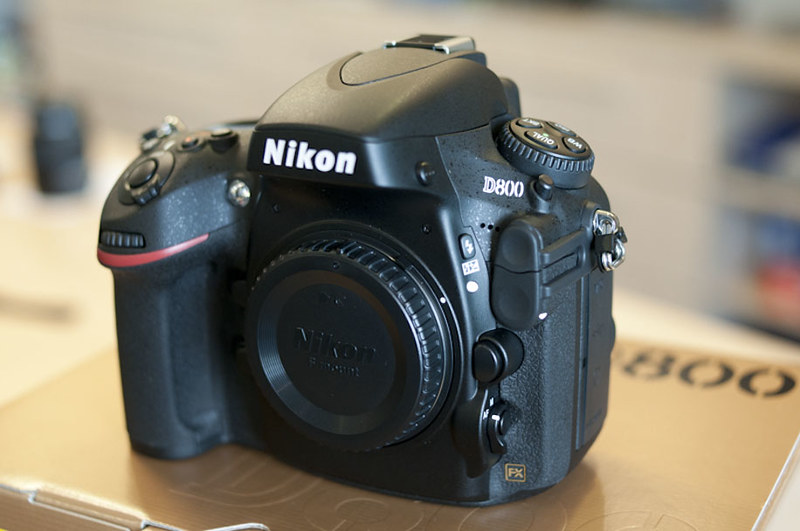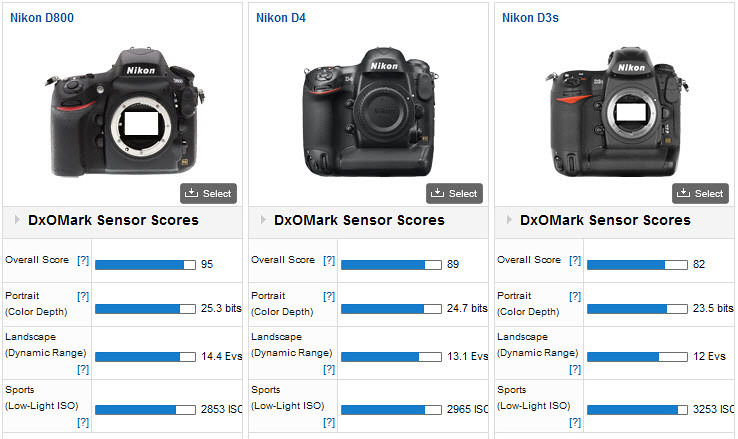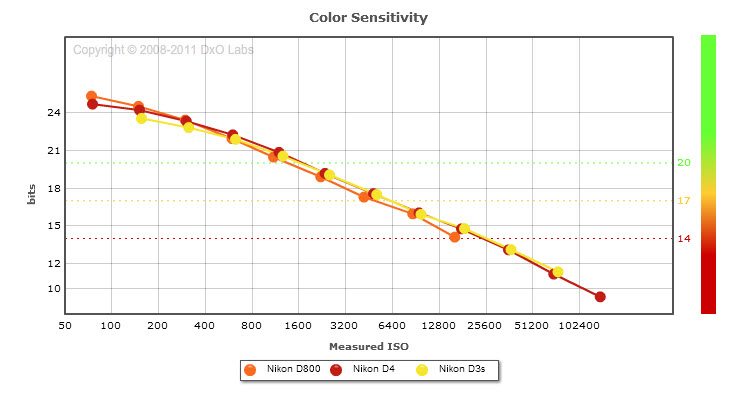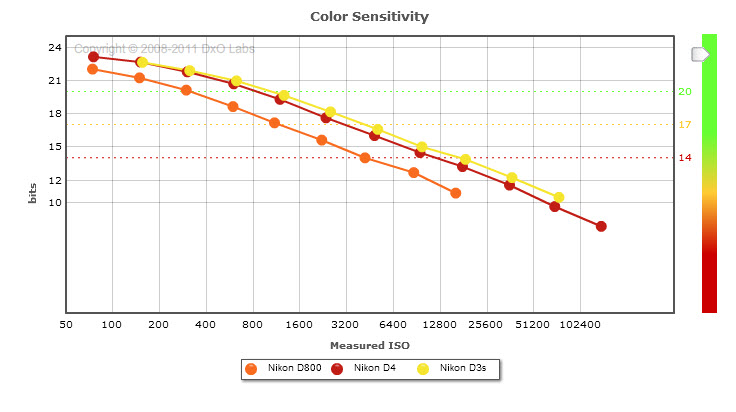If you like this post, help us share it
Not long after I have posted the Nikon D800 could be the best buy FX camera out there. DxOMark has reviewed the D800 and it topped the 1st spot, scoring higher than the D3s and D4. After seeing the DxOMark scores, it confirms that the Nikon D800 is indeed the best buy FX camera, even if the Canon 5D Mark III scored the same. This is because the Nikon D800 still has a $500 USD cheaper price tag and half the price tag of the Nikon D4. But is the Nikon D800 really the best performing camera even better than the D4?
If you haven’t order your D4 or D800, grab your Nikon D800 here and grab your Nikon D4 here.
For Canon 5D Mark III review, check here, Nikon D800 review, check here and Nikon D4 review, check here.

Here is a brief overview of the D800(review), D4(review) , D3s and 5DIII(review) specs.
| Nikon D800 | Canon 5D III | Nikon D4 | Nikon D3s | |
| Megapixels | 36 megapixels | 22 megapixels | 16.2 megapixels | 12.1 megapixels |
| Native ISO Range | 100 – 6,400 | 100 – 25,600 | 100 – 12,800 | 200 – 12,800 |
| Expanded ISO Range | 50 – 25,600 | 50 – 102,400 | 50 – 204,800 | 100 – 102,400 |
| Sensor Size | Full frame (36 x 24 mm) | Full frame (36 x 24 mm) | Full frame (36 x 24 mm) | Full frame (36 x 24 mm) |
| VF coverage | 100% | 100% | 100% | 100% |
| Focus Points | 51 focus points (15 cross-sensors at f/8) | 61 focus points (41 cross-sensors at f/5.6) | 51 focus points (15 cross-sensors at f/8) | 51 focus points (15 cross-sensors) |
| Metering | 91,000 pixel RGB sensor | TTL full aperture metering with 63 zone Dual Layer SPC | 91,000 pixel RGB sensor | 1,005 pixel RGB sensor |
| Memory Slot | Dual Slot CF and SD | Dual Slot CF and SD | Dual Slot CF and XQD | Dual Slot CFs |
| Frame Rate | 4 FPS | 6 FPS | 11FPS | 9 FPS |
| Video | 1080p(24/25/30) | 1080p(24/25/30) | 1080p(24/25/30) | 720p(24/25/30) |
| LCD | 3.2” 921k dot | 3.2” 1040k dot | 3.2” 921k dot | 3” 921k dot |
| Dimension | 144.8 x 122 x 81 mm | 152 x 116 x 76mm | 160 × 156.5 × 90.5mm | 159.5 x 157 x 87.5 mm |
| Weight | 1000g (Body only) | 900g (Body only) | 1180g (Body only) | 1240g (Body only) |
| Price | $2999 USD | $3500 USD | $5999 USD | $5199 USD |
While DxOMark Lab is busy reviewing the Canon 5D Mark III, the Nikon D800 is siting comfortably at the top spot. It would be interesting to see how the 5D Mark III perform.
It is a surprise to see the Nikon D800 scored higher than the D4. Not by a little , but by 6 points. We all kind of expecting the dynamic range of the D800 to be more superior due to its 36MP sensor. But at the same time, expecting the ISO performance to be not as good. So how did this happen?
Before we totally believing in the score, we need to understand the background of the scoring system and how DxOMark came about with these scores. To cut short, the overall score is an average of the Portrait Score based on Colour Depth, the Landscape Score based on Dynamic Range and the Sports Score based on Low-Light ISO. It shows only sensor performance.
If we look at the scores below, the D800 has a better Colour Depth and Dynamic Range than the D4, while falling a little behind with the ISO performance. It is interesting to see the score is so close for ISO even when the sensor is fitted with 36MP vs 16MP.
One aspect that is important to know is that DxOMark provided two sets of scores, one for “print” (scored based on 300dpi 8×12’ 8MP print) and one for “screen” scored (based on 1:1 crop viewed 100% on screen). And the DxOMark score is based on the “print” results. It is important to know which set of score is most relevant to you before making your judgement.

Dynamic Range
Here we take a closer look at the Dynamic Range (EV) of the three cameras. The highest EV was scored by Nikon D800 at 14.4 EV, which is recorded at ISO 100. Compare to 13.1 EV by Nikon D4 at ISO 100 and 12 EV by Nikon D3s at ISO 200.
As you increase the ISO for low light shooting, the dynamic range drops, the D800 drops at a faster rate than the D4 and D3s. At about ISO 400, the dynamic range of the D800 and D4 is about the same. At ISO 800 and onwards the D4 has a wider dynamic range than the D800. The D3s starts to catch up at ISO 1600.
So what we can see is that although the D800 has a better dynamic range than the D4 at low ISO condition, referring to studio shootings, outdoor shootings with daylight, the D4 performs better at higher ISO.

Dynamic range results based on 300dpi, 8×12’ 8MP print
Colour Depth
When we look at the colour depth based on the “print” results (based on 300dpi, 8×12” 8MP print), the performance of the three cameras are about the same. The highest colour depth is 25.3bits by the D800 at ISO 100. The D4 and D3s are not far behind with 24.7 bits and 23.5 bits respectively. Similar to the dynamic range, the colour depth drops as the ISO increases and D800 drops at a rate faster than the D4. At about ISO 400, the colour depth of both D4 and D800 are about the same. Above ISO 400, the D4 performance a bit better. Bare in mind this is under the “print” criteria, which you relevant to those who prints their work.

Colour Depth results based on 300dpi, 8×12’ 8MP print
Now if we switch to the “screen” results (based on 100% 1:1 crop viewed from screen), the D4 and D3s are better performed throughout the whole ISO range.

Colour Depth results based on 1:1 crop 100% viewed from screen
ISO
The ISO performance get most of the attention these days, because as technology advances we are developing cameras with high ISO capability. With the D800 at 36MP, D4 at 16MP and D3s at 12MP, some kind of normalisation is needed to compare the ISO performance with different MP. This is why DxOMark tests the cameras based on both print (300dpi, 8×12’, 8MP print) and screen (1:1 crop 100% viewed from screen) criteria.
Under the “print” results (based on 300dpi, 8×12” 8MP print), the ISO performance of all three cameras are very close. Nikon D4 just topped the D800 by a small margin. When the D800’s 36MP image is downsized to print size (in this case 300dpi, 8×12” 8MP print), the noise performance is improved. The results show the ISO performance is same as the D4.

ISO noise results based on 300dpi, 8×12’ 8MP print
If we switch to the “screen” results, i.e. if we view the image at 1:1 crop on the screen, the D4 performs much better. The test shows a 1.5 stop advantage with the D4.

ISO noise results based on 1:1 crop 100% viewed from screen
So there you go, DxOMark provided two sets of results (print and screen) and its scores are based on the “print” results which is some kind of normalisation to counter the different MP resolution on each camera. As mentioned earlier, It is important to know which set of scores is most relevant to you before making your judgement. Seeing your image at 1:1 crop is very different to seeing it on a 8×12’ print. If you use your images for small prints or mainly for website purposes, then the “print” results are more relevant to you, in which you will see the benefits of the large MP D800.
Despite the Nikon D800 scored the highest in the Dynamic Range and Colour Depth tests, it is important to know that they occurred at ISO 100. At higher ISO, the D4 and D3s performed better in both categories. This also tells us that under ideal lighting like in a studio, the D800 could be a better camera, but certainly at above ISO 400, the D4 is the king of Nikon DSLR.
No doubt that the Nikon D800 with 36MP is perfect to studio and commercial photographers where ideal lighting is possible, the Nikon D800 will provide the highest dynamic range and colour depth.
For those who shoots in the low ISO range, the D800 could certainly be a better camera, especially with its price tag half of the D4.
Where can I find the equipment seen on this site?
If you find this site useful and planning to purchase any of the equipment seen on this site, please show your support by purchasing your photo equipment at B&H Photo Video, or through any of the affiliate links seen on this site.


